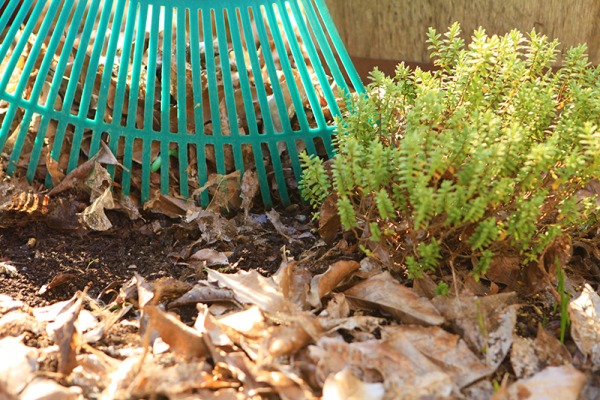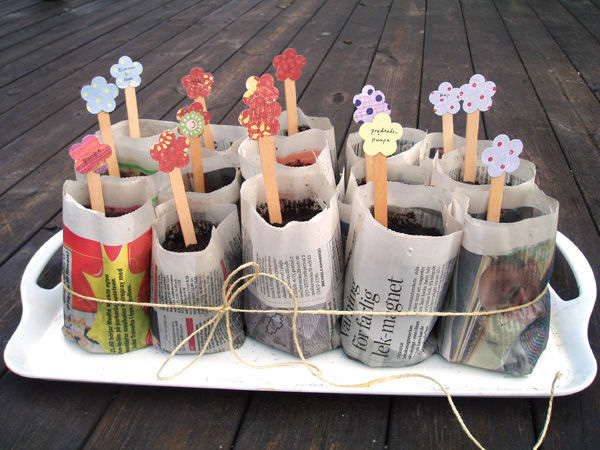
Our much anticipated spring is in the air, and in the ground, and stirring through the plants. The bright forsythia yellow and the exuberant redbud, which is a violet color, are two of my favorite heralds to this season. I consider the early spring bloomers to be the “warm-ups” to the garden, just prepping me and getting me ready for the next seven months. To feed this anticipation, I start to visit garden shows and nurseries and local garden centers. They are great places to see some beautiful displays, talk with vendors, attend lectures . . . soak in the ambiance of plants and spring. Not only are they a visual feast, but the employees can assist with your choices and answer your questions. They are a resource! As you peruse the staged beauty of shows and centers, realize that your home growing conditions are most likely different than what you are viewing. So enjoy and appreciate but before you buy, be informed! Will it work in your yard or garden? Does it fit in with your lifestyle? For example, if you are looking at a relaxing scene with a koi fish pond surrounded by plantings, ask yourself: before you buy everything, were you envisioning yourself with an outdoor fish tank? Do you have those skills? Do you have the time?
So, my challenge to you is for you to develop a meaningful plan or a purpose for this season. Each season may have a different purpose. Are you growing food? Are you trying to get something to grow in the shade? Are you trying to create shade? Are you trying to eliminate that sporadic pond in your yard where the rain water collects? Have you always wanted a particular plant and need to choose a spot for it? Is your garden in a dry area or a moist area? Will you be watering?
How much space do you have? Are you growing in pots on a patio or converting your yard or acreage to a new purpose? What type of soil are you growing in? Have you done a soil test within the last three years? If not, bring your soil sample to the Extension Office on John R. Rice Blvd. (There is a small fee for the analysis.)
The reason of my series of questions is to get you thinking. First, recognize and be thankful for what you currently have. Then make your list of what you want.
The want list could include:
Integrating potted plants onto your patio
Adding fruits to your landscape
Starting an herb garden or adding several plants to your landscape
Trying a new vegetable
Building a carrot box
Converting tilled rows to raised garden beds
Creating a drip irrigation system
Collecting rain water
Improving the topsoil
Creating a composting system
Planning successive planting to maximize your space
How can you develop what you have into what you want? Start with your basis, or if you have never had a garden, just choose a site and start. If possible, choose an almost-level area with a slight slope towards the south. Then from your list, decide your priorities. Priorities can be based on constraints or on needs, and only you can decide what those are. Realize that gardening can be a lifelong project. It is a very satisfying hobby that many make into a business.
If you have not already trimmed existing plantings or if your plants suffered from the February storms, trim and remove broken branches as soon as possible. Plantings for the spring crop can be done in March and April.
You want to plant your cool-season vegetables in one area and your warm-season ones in another area. The first crop of the cool-season plants will be harvested by mid-summer. Then the same area can be replanted for a fall harvest. If possible, stagger your plantings too, so all aren’t ripening at the same time.
Spring-planted cool-season vegetables include beets, broccoli, cabbage, cauliflower, carrots, collards, kale, kohlrabi, mustard, onions, English peas, sugar peas, potatoes, radishes, spinach, Swiss chard, and turnips. Of these, beets, onions, radishes, spinach and Swiss chard can be planted in a shallow pot (less than 12 inches deep.) Carrots, broccoli, cabbage, cauliflower, and peas can be planted in a container that is 12–18 inches deep, while potatoes need a pot 18 or more inches deep.
Cool-season vegetables require cool, moist soil and cool air temperatures to germinate, grow and produce maximum yield and quality. As shallow-rooted vegetables, they are susceptible to drought but respond well to nitrogen (fertilizer).
Take a few minutes to read the info on the back of the seed packets. When to plant outdoors, depth of planting the seed, width between plants, plant height, days to germinate and days to start to harvest are all listed. That info is necessary to help you plan the season’s gardens and any garden rotation.
As a general statement, without regard to varieties, growing conditions and weather, cool-season vegetables are planted in this area from March 1 to April 1. A really good resource is the chart within the UT Extension’s publication “Guide to Spring-Planted, Cool-Season Vegetables” (pub SP 291-O, accessible online).
Warm-season vegetables can be started indoors. The biggest challenge is to provide enough light for growth. Spindly plants are an indicator of poor light. If you choose to start your own veggies, start with clean pots. A solution of 1/10 bleach to water will sterilize them. You want to use a starter medium as well, not soil from the garden. Seed-starting mixtures are usually composed of vermiculite and peat. You can make your own by mixing one-third part sand, one-third part peat moss and one-third loamy soil, then heating it in an oven for 30 minutes at 180 degrees to sterilize it.
Fill the pots or flats with the potting mix, and water the mix before sowing seeds. The potting mix will settle down into the containers. Add more potting mix and water again, until the containers or cells are nearly full. There is no fertilizer in seed-starting mixtures, so water these with fertilizer mixed at half strength. Sow one seed per pot or cell. Try to sow within three weeks of transplanting into their outdoor location.
Finish looking at the garden catalogs and remember to place your seed order for the whole year in the spring. You can refrigerate the seeds until planting time. If you have any leftover, seed is typically viable within 3 years of purchase, with the germination ratio diminishing each year. Seeds are also available at nurseries and garden centers. Plant your favorites but be brave and try a new vegetable this year, too!














